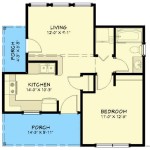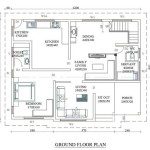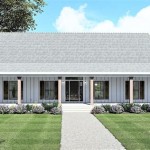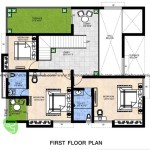Revit House Plans: Essential Aspects for Seamless Design and Construction
Revit, a powerful building information modeling (BIM) software, has revolutionized the architectural industry by enabling architects and designers to create detailed and accurate 3D models of buildings. Revit house plans are essential components of the design and construction process, providing a comprehensive representation of the home.
Here are the key aspects of Revit house plans that ensure seamless design and construction:
1. Precision and Accuracy
Revit house plans are created using parametric modeling, which allows designers to make changes to one aspect of the model and have those changes automatically reflected throughout the entire project. This ensures precision and accuracy in the design, minimizing errors and reducing the likelihood of costly mistakes during construction.
2. Comprehensive Documentation
Revit house plans provide comprehensive documentation of the design, including floor plans, elevations, sections, and details. These documents are vital for obtaining building permits, communicating with contractors, and ensuring that the home is built according to plan.
3. Collaboration and Coordination
Revit supports collaboration among architects, engineers, and contractors, enabling them to work on the same model simultaneously. This facilitates seamless coordination and reduces the risk of design conflicts, improving the overall efficiency of the project.
4. Visualization and Presentation
Revit's 3D modeling capabilities allow architects to create realistic visualizations of the house, including virtual walkthroughs and photorealistic renderings. These visualizations aid in design decisions, client presentations, and marketing materials.
5. Cost Estimation and Quantity Takeoffs
Revit house plans can be used for accurate cost estimation and quantity takeoffs. The software extracts data from the model to generate material schedules, which can be used to calculate the cost of materials and labor.
6. Energy Analysis
Revit house plans can be integrated with energy analysis software, allowing designers to assess the energy efficiency of the home. This information can be used to optimize the design, reduce energy consumption, and achieve sustainability goals.
7. Construction Management
Revit house plans provide a valuable tool for construction management. They can be used to generate construction schedules, track progress, and identify potential issues. This streamlines the construction process and ensures that the home is built on time and within budget.
Conclusion
Revit house plans are essential for creating accurate, comprehensive, and efficient building designs. Their precision, collaboration capabilities, visualization tools, and integration with other software make them invaluable assets for architects, designers, contractors, and homeowners alike. By leveraging the power of Revit, you can ensure the seamless design and construction of your dream home.

Cool Revit Presentation Plans Architecture Home Design Free

Level 3 Floor Plan Revit 2024 Scientific Diagram

Revit Create A Floor Plan Mark Calloway
Complete House In Revit Course Balkan Architect
Revit 2024 Perspective Floor Plan Cadline Community

Revit House Plans Free Colaboratory

14 Beginner Tips To Create A Floor Plan In Revit Pure

Revit Rocks Cool Presentation Plans Tutorial Architecture

2d Drawing And Floor Plan From Image Sketch In Revit Upwork

Revit Complete House Design Tutorial Home Cad








